
 |
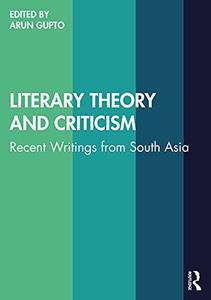 Literary Theory and Criticism: Recent Writings from South Asia by Arun Gupto 2021 | ISBN: 1032101474, 0367348322 | English | 276 pages | PDF | 13 MB The book explores key South Asian writings on cultural theory and literary criticism. It discusses the dynamics of textual contents, rhetorical styles, and socio-political issues through an exploration of seminal South Asian scholarship in the Humanities and Social Sciences. The volume examines concepts and methods of critical studies. It also discusses colonial and postcolonial discourses on art, religion, nationalism, identity, representation, resistance, and gender in the South Asian context. The essays are accompanied by textual questions and intertextual discussions on rhetorical, creative, and critical aspects of the selected texts. The exercise questions invite the reader to explore the mechanics of reading about and writing on discursive pieces in South Asian studies.
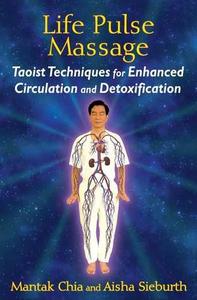 Life Pulse Massage: Taoist Techniques for Enhanced Circulation and Detoxification By Mantak Chia; Aisha Sieburth 2015 | 320 Pages | ISBN: 1620553090 | EPUB | 14 MB [center]
 Legal Doctrinal Scholarship: Legal Theory and the Inner Workings of a Doctrinal Discipline by Mátyás Bódig English | Jul 27, 2021 | ISBN: 1788114051 | 288 pages | PDF | 3 MB Providing a comprehensive account of the often-misunderstood area of legal doctrinal scholarship, this incisive book offers a novel framing for conceptual legal theory and the functions of conceptual theorising in legal studies. It explores the ways in which a doctrinally-oriented legal theory may provide methodological support to legal scholars, arguing that making adequate sense of the rational reconstruction of law is pivotal in delivering such active support. 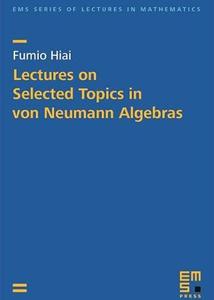 Lectures on Selected Topics in von Neumann Algebras by Fumio Hiai 2021 | ISBN: 3985470049 | English | 250 pages | PDF | 2 MB The theory of von Neumann algebras, originating with the work of F. J. Murray and J. von Neumann in the late 1930s, has grown into a rich discipline with connections to different branches of mathematics and physics. Following the breakthrough of Tomita-Takesaki theory, many great advances were made throughout the 1970s by H. Araki, A. Connes, U. Haagerup, M. Takesaki and others. These lecture notes aim to present a fast-track study of some important topics in classical parts of von Neumann algebra theory that were developed in the 1970s. Starting with Tomita-Takesaki theory, this book covers topics such as the standard form, Connes' cocycle derivatives, operator-valued weights, type III structure theory, and non-commutative integration theory. The self-contained presentation of the material makes this book useful not only to graduate students and researchers who want to know the fundamentals of von Neumann algebras but also to interested undergraduates who have a basic knowledge of functional analysis and measure theory. 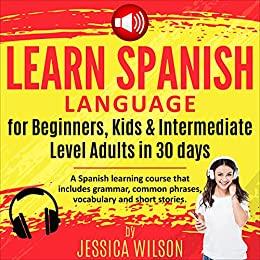 Learn Spanish Language For Beginners , Kids , & Intermediate Level Adults By Jessica Wilson English | 2021 | ASIN : B0983Y6721 | 279 pages | PDF,EPUB | 1 MB  Learn Robotics Programming: Build and control AI-enabled autonomous robots using Raspberry Pi and Python: Build and control AI-enabled autonomous robots using the Raspberry Pi and Python by Danny Staple 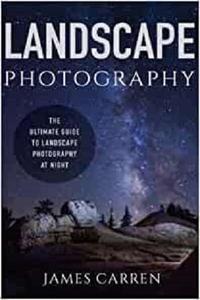 Landscape Photography: The Ultimate Guide to Landscape Photography At Night by James Carren English | November 15, 2015 | ISBN: 1519321368 | 420 pages | EPUB | 0.47 Mb Discover The Secrets to Mastering Landscape Photography At Night!
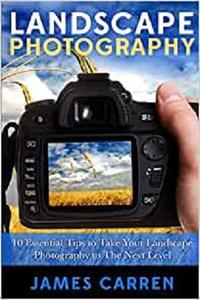 Landscape Photography: 10 Essential Tips To Take Your Landscape Photography To The Next Level by James Carren English | April 24, 2015 | ISBN: 151183563X | 420 pages | EPUB | 0.47 Mb Learn How to Take Stunning Landscape Photos Effortlessly! 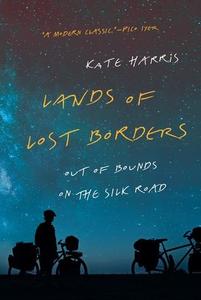 Lands of Lost Borders: Out of Bounds on the Silk Road By Kate Harris 2018 | 320 Pages | ISBN: 0345816773 | EPUB | 29 MB [center] 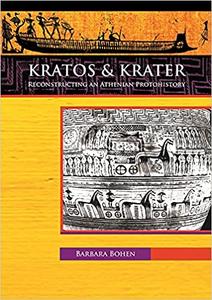 Barbara Bohen, "Kratos & Krater: Reconstructing an Athenian Protohistory" English | ISBN: 1784916226 | 2017 | 270 pages | PDF | 9 MB Athenian governance and culture are reconstructed from the Bronze Age into the historical era based on traditions, archaeological contexts and remains, foremost the formal commensal and libation krater. Following Mycenaean immigration from the Peloponnesos during the transitional years, changes in governance are observable. Groups under aristocratic leadership, local and immigrant, aspired to coexist under a surprisingly formal set of stipulations that should be recognized as Athens' first constitution. Synoikismos did not refer to a political union of Attica, sometimes attributed to Theseus, but to a union of aristocratic houses (oikoi). The union replaced absolute monarchy with a new oligarchical-monarchy system, each king selected from one of the favoured aristocratic houses and ruling for life without inheritance. The system prevailed through the late eleventh to the mid-eighth c. and is corroborated by Athenian traditions cross-referenced with archaeological data from the burial grounds, and a formerly discredited list of Athenian Iron Age kings. Some burial grounds have been tentatively identified as those of the Melanthids, Alcmeonids, Philaids and Medontids, who settled the outskirts of Athens along with other migrant groups following the decline of the elite in the Peloponnesos. While the Melanthids left during the 11th c. Ionian Migration other aristocratic houses remained and contributed to the evolution of the historical era polis of Athens. One noble family, the Alcmeonids preserved their cemetery into the Archaic period in a burial record of 600 years' duration. Incorporated into this work is a monograph on the Athenian formal krater used by these primarily Neleid aristocratic houses in assembly and ritual. Some Homeric practices parallel those found in Athens, so the Ionic poets may have documented customs that had existed on the Mainland and were transferred to Ionia during the Ionian Migration. The demise of both the constitution and the standard, ancestral krater in Athens following a mid-eighth c. watershed is testimony to an interval of political change, as noted by Ian Morris, before the systematized establishment of annual archonship in the following century. The support this research has given to the validity of the King List has resulted in a proposed new chronology, with an earlier onset for the Geometric period at 922 BC, rather than the currently accepted 900 BC. The relative chronology of Coldstream based on style is generally accepted here, but some intermediate stages are revised based on perceptible break data, such as the onset of a new kingship, a reported war, or the demise of a governance system. |